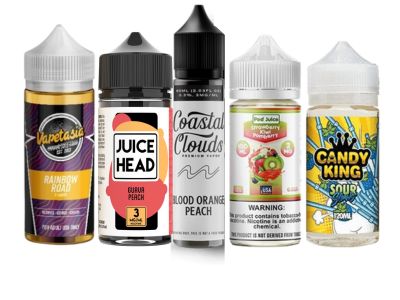New Customer
Register Account
Sign up to enjoy a seamless shopping experience, with faster transactions, real-time order updates, and easy access to your order history. Create an account today and stay updated on the status of your orders while effortlessly managing your previous purchases.
Returning Customer
I am a returning customer




-400x300-400x300.png)







